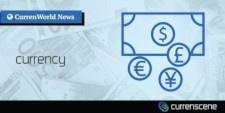WASHINGTON/FRANKFURT/TOKYO (Reuters) - Easing come. Easing go.
A concentrated burst of interest rate cutting and other measures to loosen global financial conditions by the world’s central bankers looks to have largely run its course, and policymakers now appear content to wait and see if their handiwork staves off a deeper slowdown in the months ahead.
Led by the U.S. Federal Reserve’s nearly yearlong pivot away from a tightening bias, rate setters from Australia to Brazil and the euro zone to the Philippines have lowered borrowing costs in recent months to blunt the headwinds from global trade tensions headlined by the standoff between Washington and Beijing.
It is an easing wave that appears to have crested for now.
For their parts, the Big Three in the central bankersphere - the Fed, European Central Bank and Bank of Japan - are in no rush to drive rates any lower, especially in Europe and Japan where they are already in negative territory.
The Fed last week cut rates for the third time since July, but officials emerged from the meeting with a near-explicit declaration to expect no more for the moment.
In Europe, meanwhile, a changing of the guard at a deeply divided ECB likely means that its September rate cut will not be followed in the near future, with their focus instead being on jawboning the trading bloc’s political leaders to step up their own efforts at stimulus.
In Japan, a BOJ weary of expending its limited ammunition has so far avoided cutting rates at all in the latest global wave. It would prefer to hold fire for as long as possible, relying instead of pledges of



